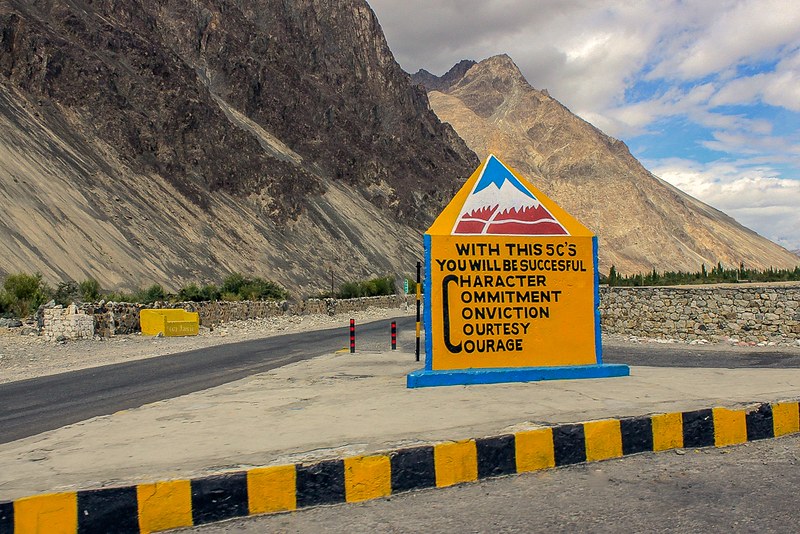Jasii
No longer a newbie, moving up!
- Joined
- Jun 17, 2015
- Messages
- 470
- Reaction score
- 171
- Location
- Dharamsala, Himachal Pradesh, India.
- Can others edit my Photos
- Photos OK to edit
Dug this one made in Ladakh, out from the archives, I'd call it "Mosaic called Life". Had me pleasantly surprised as to, it's relevance in everyday life.The 5 C's share God's love with humans, the way he envisaged human race would progress, many unfortunately got binned in our quest to face the vagaries of Life. Simple but essential virtues that would make us Credible, Charismatic, Capable and above all: " Complete." ( Now that makes it 9 C's now ) Do tell me your views about the shot and whether you think the FG & the BG compete for attention?
) Do tell me your views about the shot and whether you think the FG & the BG compete for attention?
Rgds,
Jasii
 A mosaic called ladakh by jasiiboss, on Flickr
A mosaic called ladakh by jasiiboss, on Flickr
Rgds,
Jasii
 A mosaic called ladakh by jasiiboss, on Flickr
A mosaic called ladakh by jasiiboss, on Flickr
Last edited:

 A mosaic called ladakh -1
A mosaic called ladakh -1





![[No title]](/data/xfmg/thumbnail/37/37643-1ec2500989f6f4894b6e6323c2d3669e.jpg?1734170766)





